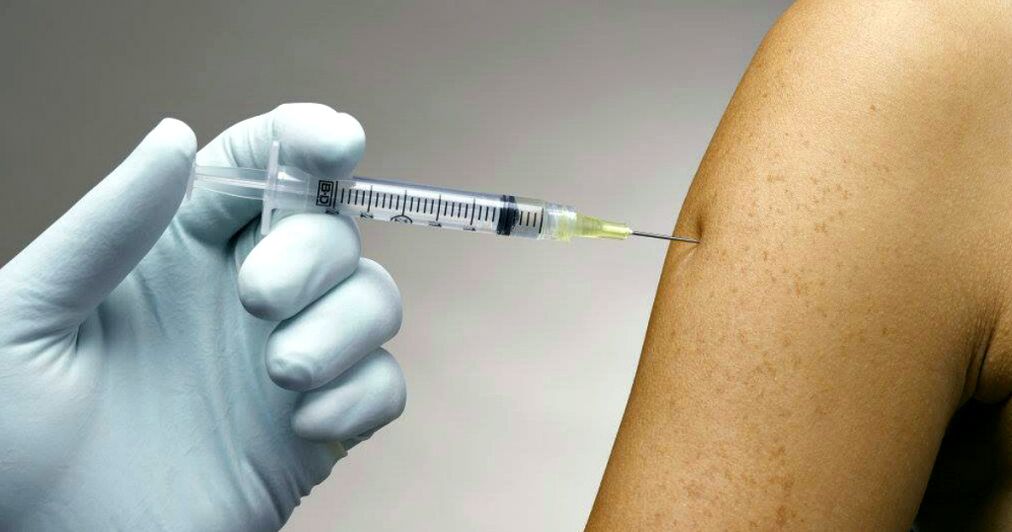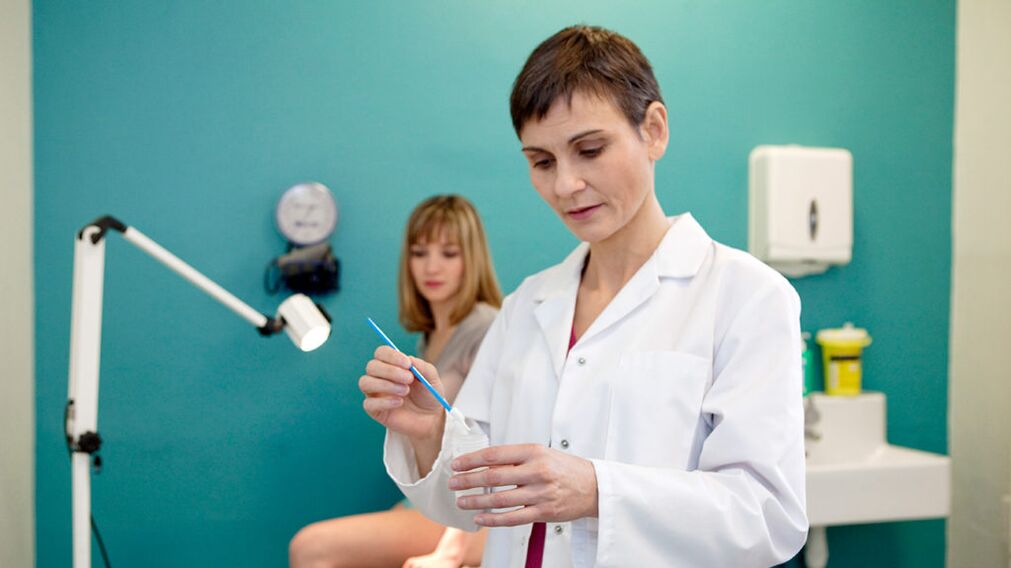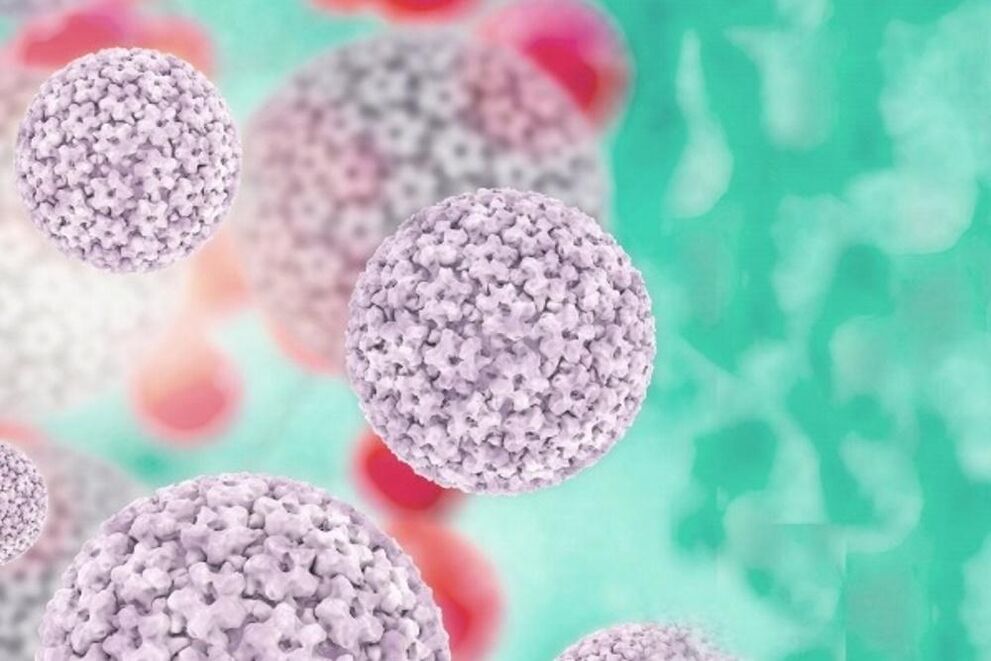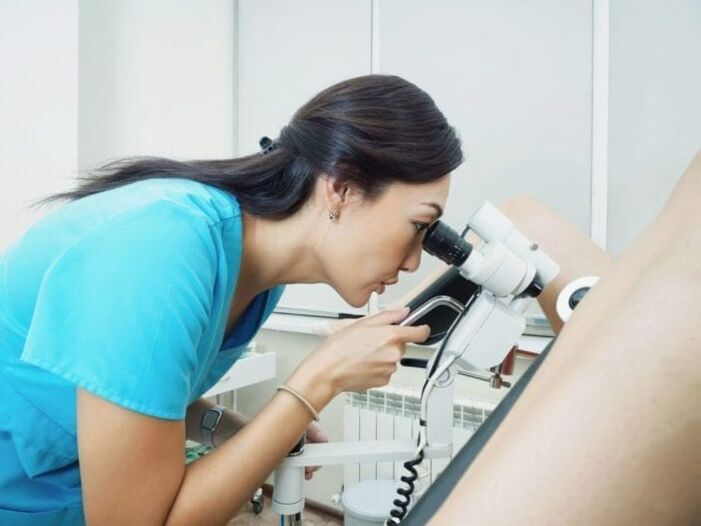
Human papillomavirus (HPV) affects epithelial cells and has a particle diameter of 55 nm. The peculiarity is the distribution of the skin epithelium, as well as mucous membranes. In the early stages, the pathogen usually affects the basal cells of the epithelium and enters them through microtrauma. Localized papillomas most commonly occur in the neck, armpits, groin, and genitals (usually), the mucous membranes of the mouth, and the nasopharynx.
This virus can be asymptomatic for many years. Electron microscopic or molecular hybridization methods are used to detect HPV.
Types of human papillomavirus
Unlike HPV in humans, it affects the mucous membranes and skin. Among the large number of papillomaviruses are low and high oncogenic types. It has been shown that oncogenic properties are related to the ability of DNA to integrate into the genome of human cells.
The virus is activated in 10-20% of cases. Depending on its type, it can lead to good or bad wounds. Some HPVs are not oncogenic. They lead to the formation of warts and genitals. The most common are HPV 6 and 11.
HPV oncogenes are a particularly high risk factor for cervical or anus cancer. As for the skin, HPV 16 and 18 are the most common, and HPV 5 and 8 cause skin cancer. The most common type of cancer caused by HPV is cervical cancer. However, men can also be infected with the papilloma virus, which in the worst case can lead to cancer of the penis or anus.
Most women are exposed to HPV 16 - a form of intosomal parasitism outside the cell's chromosome (good). HPV 18 is characterized by a high risk of developing cancer - first, benign tumors appear, which eventually turn into cancer. In this case, the virions are small (up to 30 nm).
Different types of HPV infection cause:
- cervical neoplasms;
- invasive or invasive oncology;
- The gonads of the urinary tract and genitals.
The entry of the pathogen into the body does not always lead to disease. It all depends on pre-existing factors: increased sexual activity, vitamin deficiency, pregnancy, hypothermia, endometriosis, smoking, alcohol abuse, etc.
Features of infection

Human papillomavirus is highly contagious. It is usually transmitted through direct contact, with an infected person on the skin or mucous membranes. In sexually transmitted infections, this usually occurs during vaginal or oral sex. Many sexual partners or other STIs (sexually transmitted infections) increase the risk. It can be transmitted indirectly through objects, contaminated clothing or bedding, but is rare.
In 7% of cases, mother-to-child transmission of the virus can occur when the infection is active during childbirth. If you have HPV 16 or 18, the risk increases to 40%.

Papillomavirus infection penetrates the epithelium and disrupts its integrity, causing the growth of the lower layer of epithelial cells in the form of warts or warts. This type of disease is contagious and spreads quickly. As a rule, warts and condyloma do not metastasize and often disappear spontaneously.
HPV symptoms
The incubation period lasts up to 9 months (average 3 months). HPV can be asymptomatic in the body. The virus can go unnoticed for months or years. It is also contagious at this stage.
Skin warts often form in clusters and multiply by scratching. The two most common forms of papilloma are: gray, hard, raised with a broken surface (common warts) or flat and pink (flat warts). High warts are found on the soles of the feet or heels, grow thin, and are often painful.
Genital warts are found in moist and warm parts of the body, so they are located in the folds and mucous membranes. They can cause symptoms such as itching or burning. The incubation period, ie the time between infection and the onset of symptoms in the genitals, lasts from 3 weeks to 8 months.
There are several types of genital warts caused by different pathogens:
- The gonads. Gray or reddish nodules that usually form in clusters and form in the genitals, vagina, penis, urethra, anal canal, and rectum. They are highly contagious.
- Flat warts. They appear in the form of flat knots and are mainly found in the female genitals. They increase the risk of cancer.
- Giant warts (Bushke-Levenstein tumors). They turn into large structures and destroy the surrounding tissues. In rare cases, they can be damaged and lead to membrane cell carcinoma.

There may also be an infection of the mucous membranes of the upper respiratory tract. The conjunctiva of the eye may be damaged, resulting in the growth of pink veins. The asymptomatic course is more difficult to diagnose and can only be seen by a doctor with acetic acid (which changes the color of the wart) or under a microscope.
In addition, the virus can live in cells without any tissue changes. Then they talk about the presence of a latent infection, that is, the causative agent, but no symptoms. This phase can last from a few weeks to several months after infection.
Possible consequences
When a virus is infected, the viruses enter the cells of the skin and mucous membranes, settle in the nuclei of cell structures, and multiply there. Usually, such HPV infections go unnoticed and heal on their own without any consequences, because the immune system successfully fights the pathogen.
However, some types of HPV cause skin changes, p. a. creates growth. Possible forms include genital warts or warts and papillomas, which can affect, for example, the face, hands or feet.
Tissue changes are generally not good, but can be damaged and lead to cancer. For example, cancer can develop decades after HPV infection. Cancers of the external genitalia (cancer of the vulva and vagina), anal cancer, cancer of the genitals, cancer of the mouth and throat (tumors of the head and neck) can also occur.
Diagnosis

As part of a preventive visit to the gynecologist, women are tested for HPV infection. During the gynecological examination, a swab is taken from the cervix, which is called a Papanicolaou test (cytological examination). The material is examined for tissue changes and precancerous conditions.
Alternatively, an HPV test can be performed, in which cell material taken from a mucous swab or tissue sample is tested in a laboratory for some viruses. However, this only allows evidence of infection in the affected area, but no report of tissue changes. Thus, the HPV test is especially important in combination with the PAP test and can help identify cancer precursors at an early stage.
If the test is positive, this is not a cause for concern, as the infection does not always lead to cancer. Regular check-ups are recommended to detect tissue changes at an early stage. On the contrary, a negative test result does not allow us to confirm that the body has previously successfully fought the infection.
There is no routine test for men. If there is a corresponding cancer, a cancer test can detect that the root of the cancer is HPV infection.
Special DNA methods are also used in laboratory diagnostics, such as real-time PCR. Anogenital warts of HPV types 6 and 11 can be easily identified by pelvic examination.
How to cure human papillomavirus

In most cases, the disease does not require treatment because it goes away on its own and then the viruses go undetected. However, if this is not the case, the infection can last for a long time and can last for months or years.
To date, there are no methods of systemic exposure to this virus, so it would be possible to eradicate it completely. However, treating warts reduces the number of viruses, so the immune system can often fight off other viruses and get rid of them. In some cases, pathogens survive and can cause recurrent symptoms.
Treatment tactics depend on the type of HPV and the associated picture of the disease:
- Foot and genital warts can be treated with topical forms of salicylic acid.
- Cryotherapy is also a widely used method for HPV. In this case, the warts are burned cold using liquid nitrogen.
- Lasers or electroautomers are equally common methods.
Because of the high rate of recurrences, it is recommended that you check yourself regularly and use condoms a few months after the sores have disappeared to avoid infecting your sexual partner.
Treatment for HPV cancer is much more difficult. In cervical cancer, it is usually advisable to remove the uterus, the upper part of the vagina and the ovaries, respectively. This can be supplemented with radiation therapy to eliminate the possibility of recurrence. Other cancers caused by HPV are often treated with targeted therapies, such as radiation or chemotherapy.
It should be remembered that this operation is not a radical solution, but only solves the cosmetic problem, because after removal of the virus can remain in the surrounding tissues and warts can reappear.
Prevention of infection

There are two vaccinations: bivali HPV 16 and 18 and quadrivalent HPV 6, 11, 16 and 18. Vaccination is recommended for all young girls over 14 years of age.
Vaccination does not protect against all types of HPV. Therefore, all women between the ages of 25 and 65 are recommended to have regular smear tests, even if they have been vaccinated.
Timely detection and complete removal of genital warts reduces the risk of disease. The effectiveness of condoms in preventing the spread of infection significantly reduces the risk of developing this condition. The most promising way to prevent and treat the early stages of the disease caused by this infection is a specific polyvalent vaccine.














































































